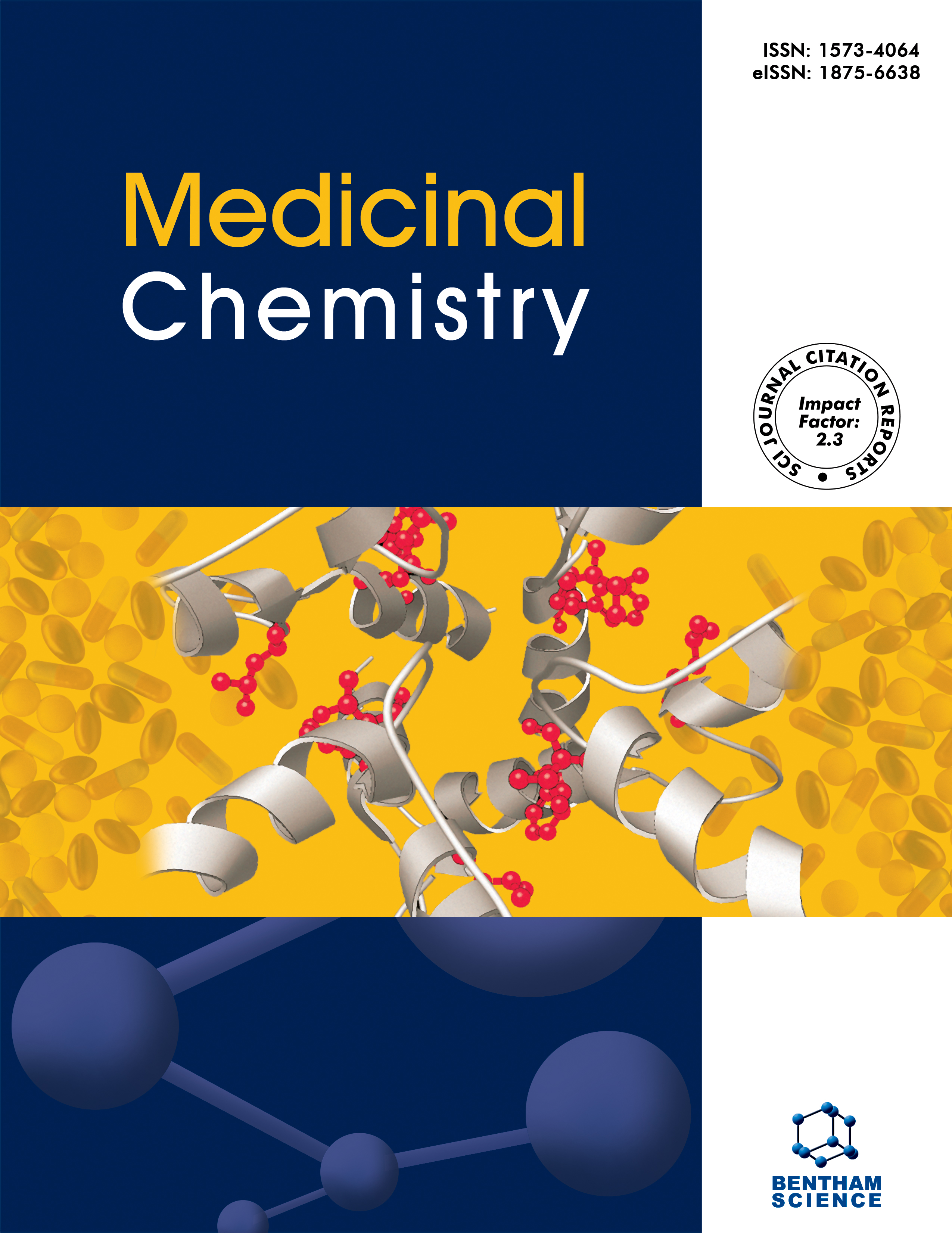
Full text loading...
We use cookies to track usage and preferences.I Understand
It is noteworthy that a wide array of plants and nutraceuticals are effectively utilized in the treatment of various cancers, demonstrating potent effects on different cancer targets with fewer side effects. Notably, estrogen alpha has been identified as a crucial factor in breast cancer cell proliferation. Agents that can antagonize its action hold promise as potential drug leads for the treatment of breast cancer.
This study aims to discover and identify the potential inhibitors against the most influential ERα receptor by the computational approach of 134 phytochemicals from 17 medicinal plants by using in silico docking studies.
The molecular docking was performed by a genetic algorithm using the Auto Dock Vina program, and the validation of docking was also performed by using Molecular Dynamic (MD) simulation by the Desmond tool of Schrödinger molecular modeling. Drug-likeness properties and toxicity studies were conducted using SWISS PRO.
The top ten highest binding energy phytochemicals ginicidin (-10.8 kcal/mol), lemairone (-10.5 kcal/mol), ixoratannin (-10.0 kcal/mol), hydnocarpine (-9.8 kcal/mol), arabelline (-9.8 kcal/mol), acutilobine E (-9.8 kcal/mol), chaparinone (-8.9 kcal/mol), plumieride coumerate (-8.8 kcal/mol), acutilobine C (-8.7 kcal/mol), and mezerein (-8.7 kcal/mol) were taken for drug-likeness test and ADMET profile prediction with the help of web-based server SWISS ADME and protoxII. Docking's study dictated that ten phytochemical constituents showed greater binding interactions than standard tamoxifen (-6.6 kcal/mol) towards the target protein ERα. MSD study was achieved for the most active 4 phytoconstituents, and the stability of the ligand-protein complex was confirmed and showed that all the four compounds possess comparatively stable ligand-protein complexes with ERα target as compared to the tamoxifen-ERα complex.
Among the top ten phytochemicals, ginicidin (glycoside) formed a more stable complex and had greater binding affinity than standard tamoxifen with better safety profiles. Hence, this compound can be further studied for lead optimization and drug development for the treatment of breast cancer.

Article metrics loading...

Full text loading...
References


Data & Media loading...
Supplements

